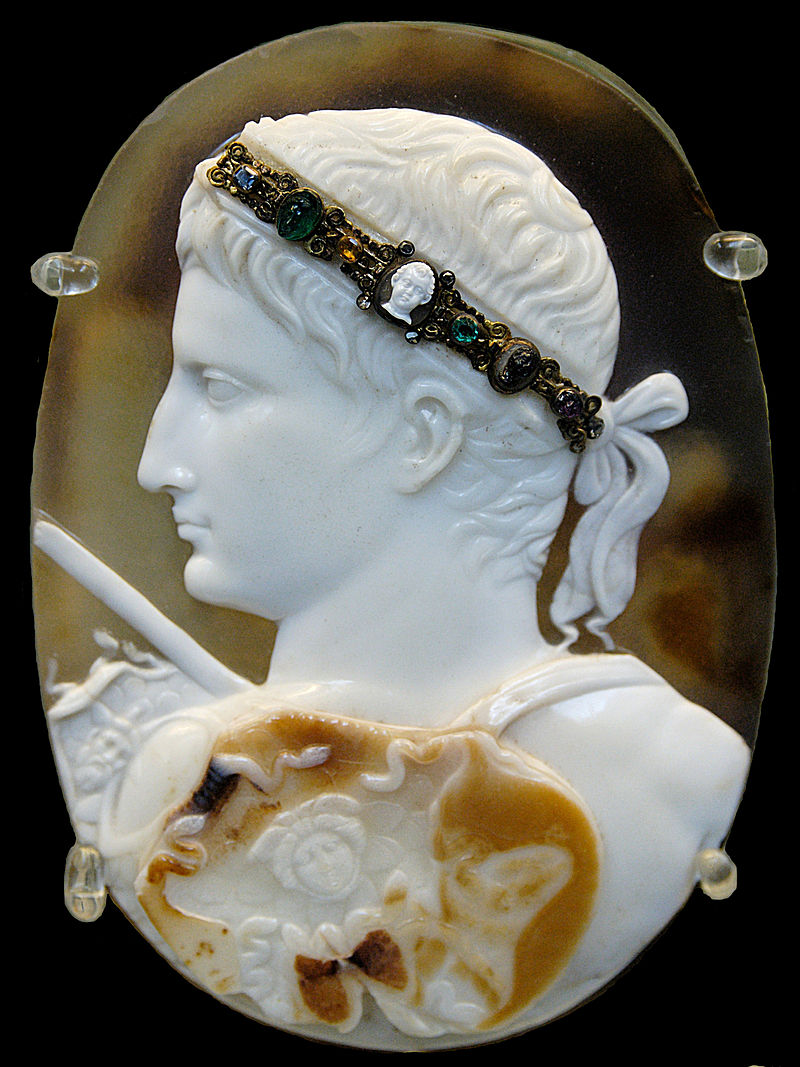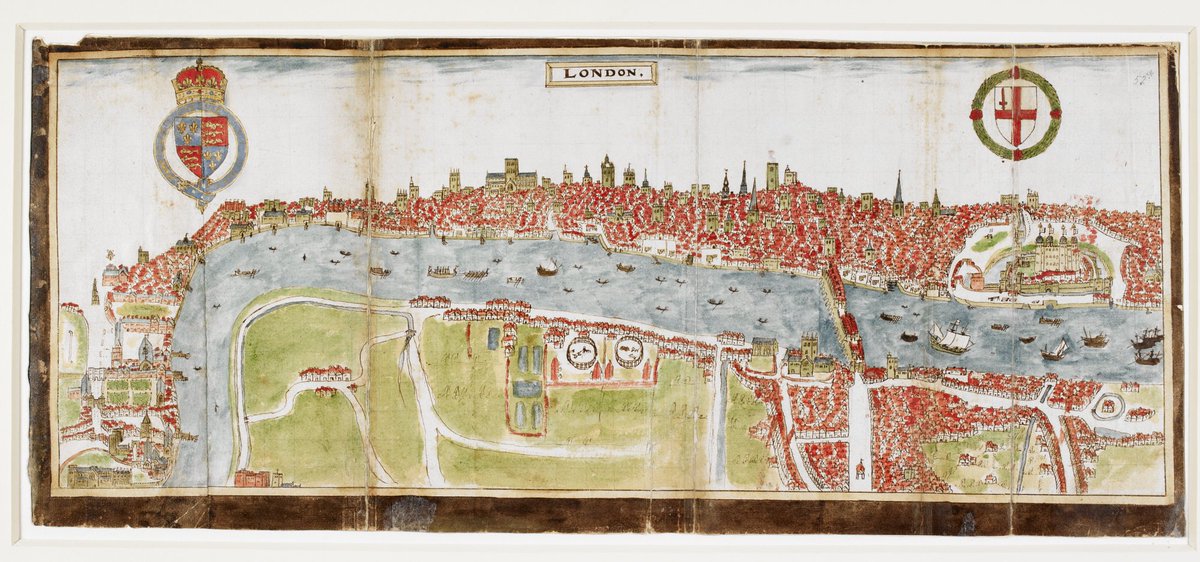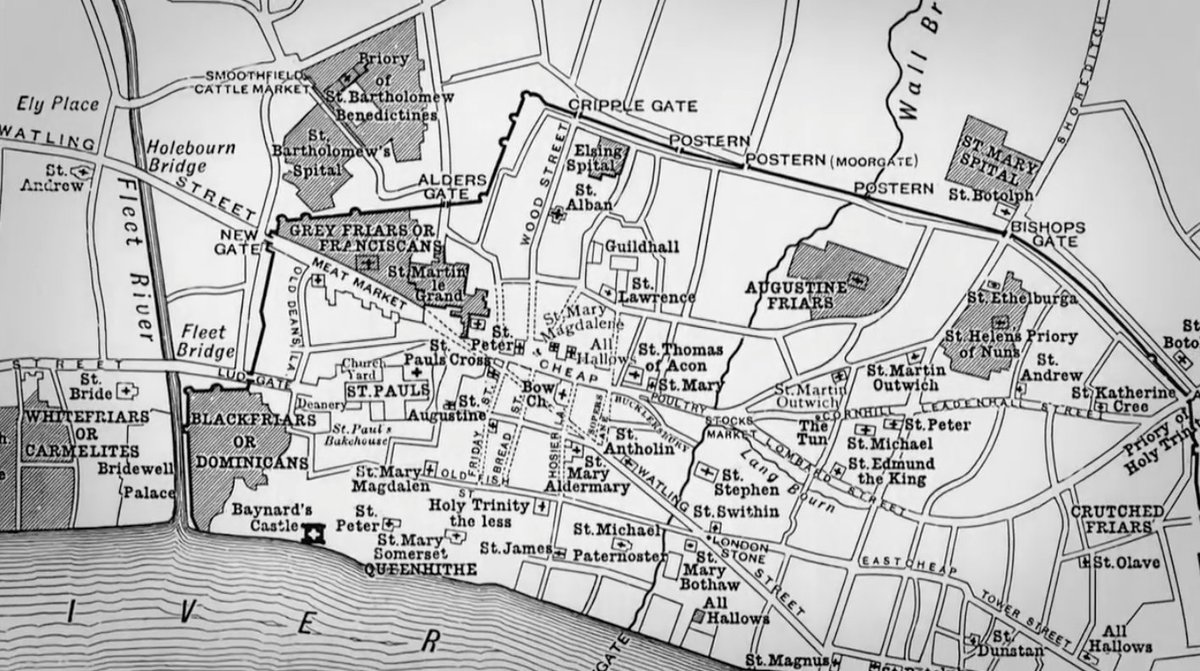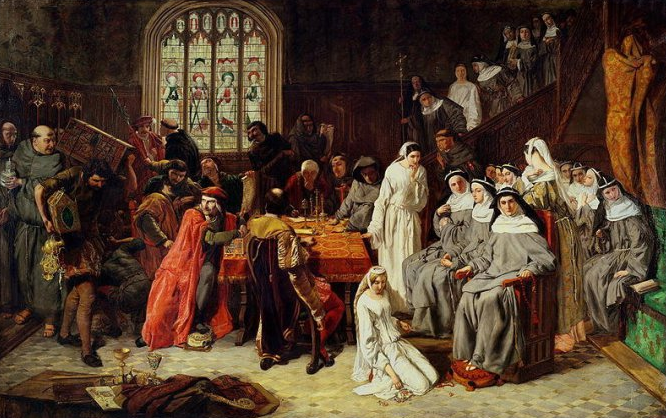
Today's episode of @TheRestHistory is the first of our two part special looking back at the thrills & spills of the #WorldCupOfGods.
Today: from Moloch to Bridget, and from Xipe Totec to Prince Philip.
podcasts.apple.com/gb/podcast/58-…
open.spotify.com/episode/1eNqXO…
play.acast.com/s/the-rest-is-…



Today: from Moloch to Bridget, and from Xipe Totec to Prince Philip.
podcasts.apple.com/gb/podcast/58-…
open.spotify.com/episode/1eNqXO…
play.acast.com/s/the-rest-is-…




TRIGGER WARNING: features child sacrifice, flaying and auto-castration.
Also: staff at King's College, London, should on no account listen to this episode. standard.co.uk/news/uk/king-s…
Also: staff at King's College, London, should on no account listen to this episode. standard.co.uk/news/uk/king-s…
The episode also features a bit of an 'Oh do stop it, Aggers' moment.
Yes, it's here: web.archive.org/web/2006021708…
https://twitter.com/nicholaslmartin/status/1399388257201405958?s=20
• • •
Missing some Tweet in this thread? You can try to
force a refresh



















